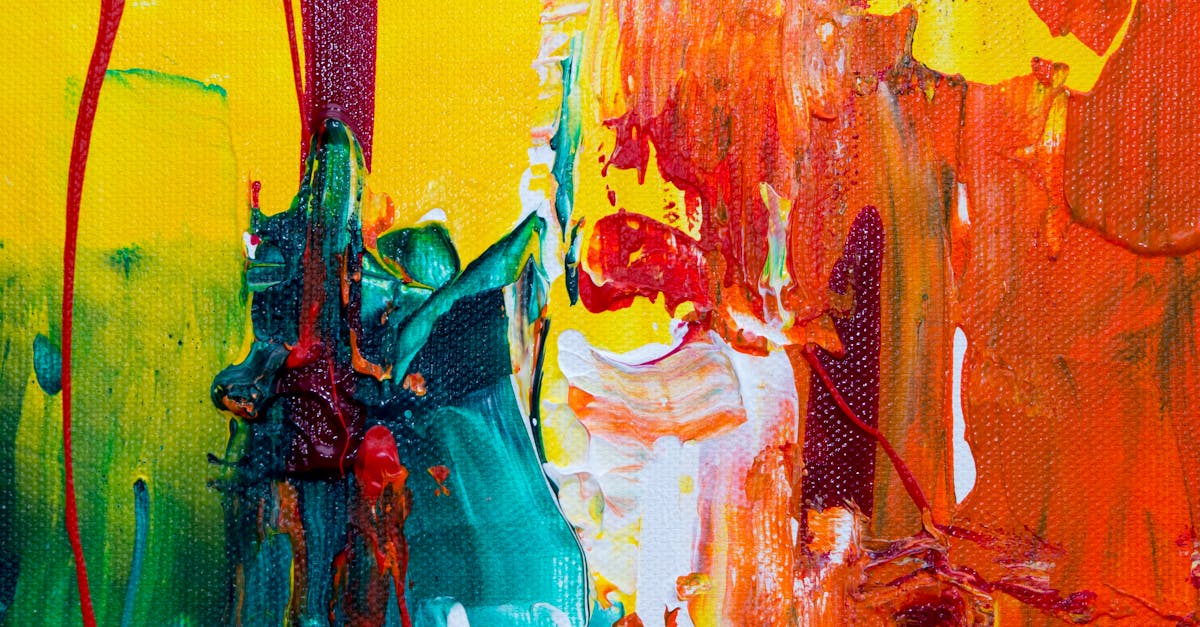Oil painting is a timeless and versatile medium that has been a favorite among artists for centuries. With its rich colors, depth of tones, and long drying time, oil painting allows artists to create stunning works of art with a unique luminosity. In this article, we will delve into the world of oil painting, exploring its core concepts, techniques, and how it can be enhanced by incorporating watercolor elements into your artwork.
Understanding Oil Painting:
Oil painting involves using pigments suspended in drying oils, typically linseed oil, to create vibrant and long-lasting artworks. The slow drying time of oil paints allows for blending, layering, and intricate details to be achieved, making it an ideal medium for artists looking to create complex and realistic artworks.
Key Techniques in Oil Painting:
1. Layering: One of the fundamental techniques in oil painting is layering. By applying multiple layers of paint on top of each other, artists can build depth, texture, and luminosity in their artwork. Start with thin layers and gradually build up to thicker applications for a richer finish.
2. Glazing: Glazing involves applying thin, transparent layers of paint over a dried layer of paint. This technique is ideal for creating subtle color shifts, enhancing details, and adding a luminous quality to your artwork. Experiment with different color combinations to achieve the desired effect.
3. Impasto: Impasto is a technique where paint is applied thickly and directly onto the canvas, creating texture and dimension in the artwork. Use palette knives or brush handles to build up thick impasto layers for added visual interest and tactile quality.
4. Wet-on-Wet: Wet-on-wet painting involves applying fresh paint onto a still-wet layer of paint. This technique allows for seamless blending, soft edges, and vibrant color mixing. Experiment with blending colors directly on the canvas to create smooth transitions and atmospheric effects in your artwork.
Incorporating Watercolor Elements into Oil Painting:
While oil painting and watercolors are traditionally considered separate mediums, artists can incorporate elements of watercolor techniques into their oil paintings to create unique effects. Watercolor techniques such as wet-on-wet blending, lifting, and transparent washes can be adapted to oil painting to create dynamic and expressive artworks.
Experiment with diluting oil paints with solvents to create transparent washes, use fine brushes for delicate details, and explore the fluidity of oil paints to achieve watercolor-like effects in your oil paintings. By combining the best of both mediums, artists can push the boundaries of traditional painting techniques and create innovative and captivating artworks.
Conclusion:
Oil painting is a versatile medium that offers endless possibilities for artists to explore their creativity and create stunning works of art. By mastering key oil painting techniques and incorporating watercolor elements into your artwork, you can elevate your paintings to new heights and unleash your artistic potential. Embrace the rich colors, luminous quality, and depth of tones that oil painting offers, and let your creativity soar on canvas.


